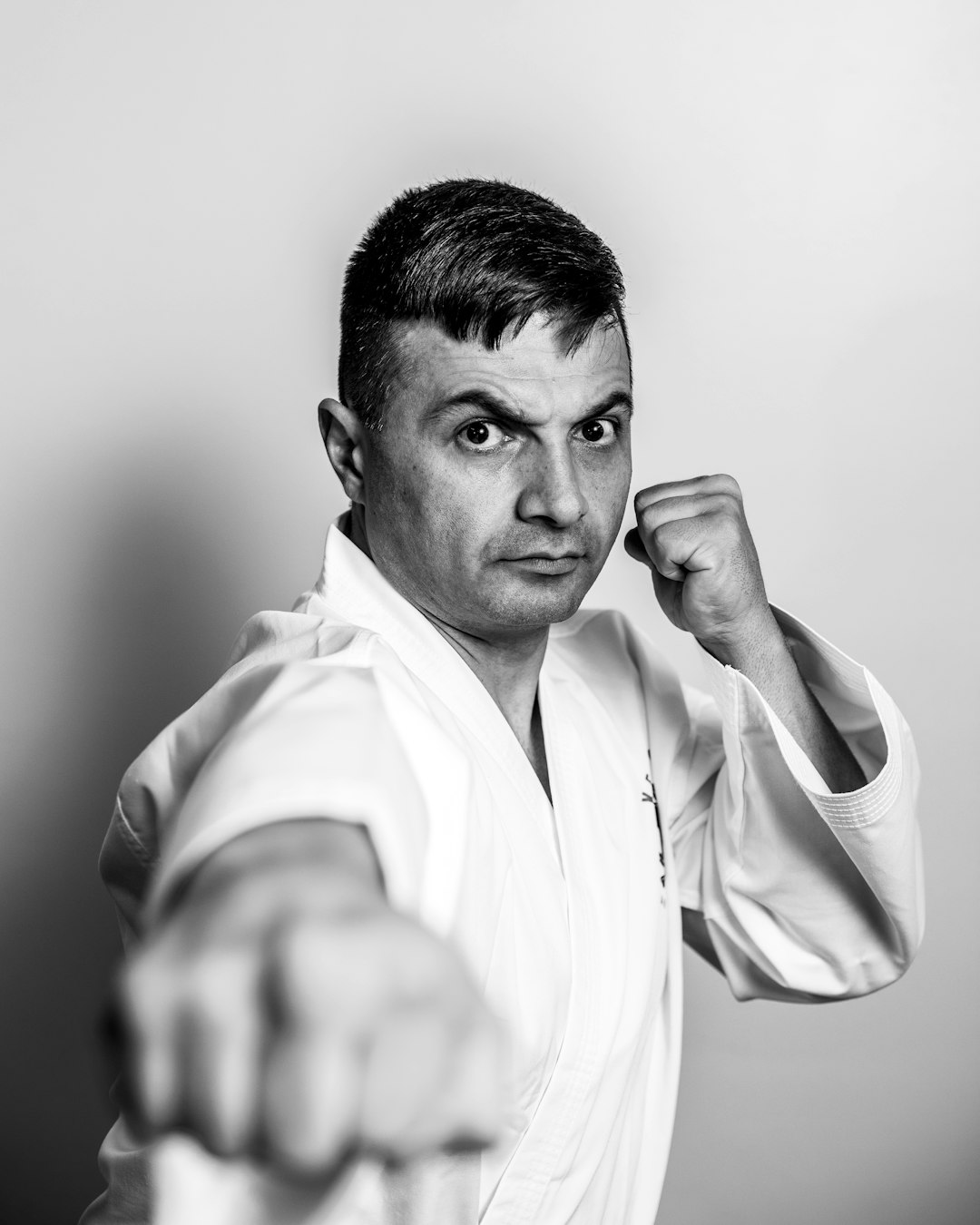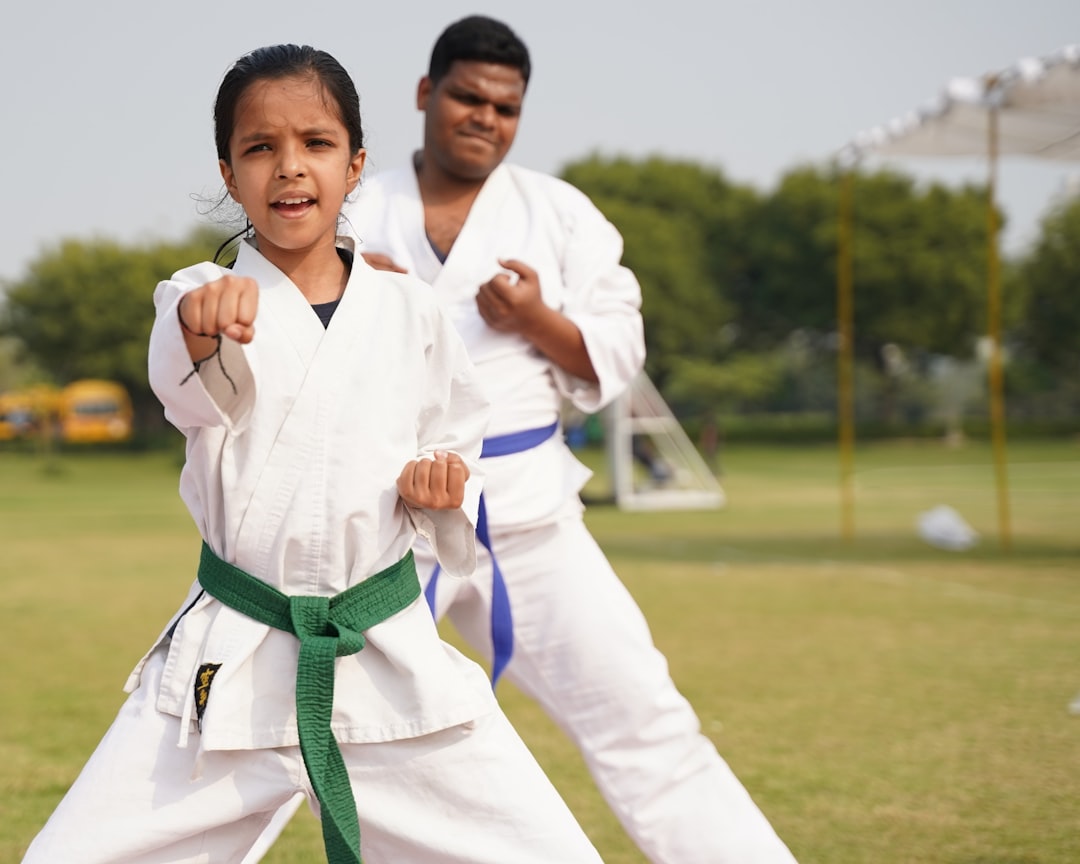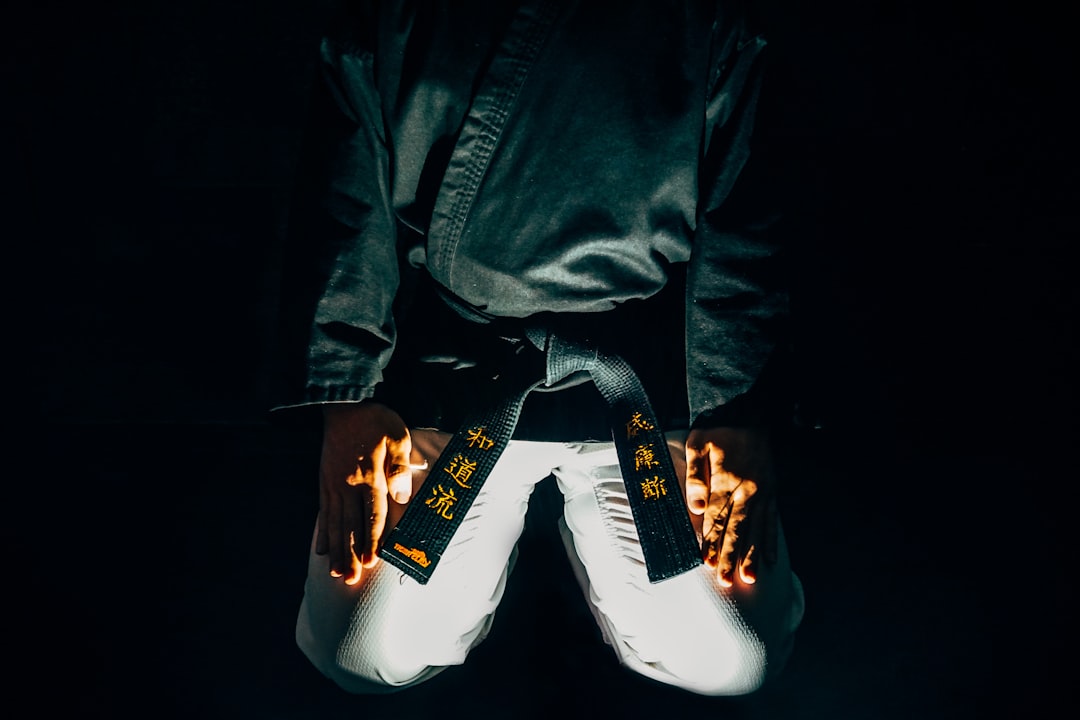The Karate Gi is an integral part of karate tradition and practice, symbolizing respect, humility, and unity within the martial arts community. It serves as a cultural and historical emblem that reflects the practitioner's rank through its color and design. Beyond its functional use as attire for training, the Gi represents the philosophical and ethical principles of karate. Crafted primarily from durable materials like cotton or hemp, it ensures comfort and flexibility while honoring karate's rich history. The Gi's white color signifies purity and humility, with variations in color indicating different styles and schools within karate. It is a testament to the evolution of the martial art's attire, which has adapted over time to meet functional needs while maintaining its symbolic significance. In essence, the Karate Gi is not just an apparel choice but a commitment to the discipline, embodying the spirit and ethos of karate with every movement in the dojo.
Discover the essence of traditional martial arts attire with our exploration of the Karate Gi, a garment that transcends mere training wear and becomes a symbol of discipline and respect. Delve into the history and evolution of this iconic uniform, understand its characteristic features that set it apart, and learn how it has been brought for karate practitioners over the years. “The Karate Gi and Its Significance” unfolds the layers of this essential component in the martial arts landscape, while “Characteristics of a Traditional Karate Uniform” offers insights into its material composition, fit, and the profound meanings it carries. Conclude with an understanding of how the Karate Uniform has adapted and transformed through time in “The Evolution of the Karate Uniform: From Practical Gear to Iconic Attire.”
- Unveiling the Essentials: The Karate Gi and Its Significance
- Characteristics of a Traditional Karate Uniform: Material, Fit, and Symbolism
- The Evolution of the Karate Uniform: From Practical Gear to Iconic Attire
Unveiling the Essentials: The Karate Gi and Its Significance

When stepping onto the mat for a karate practice or competition, the uniform one wears is more than just a garment—it’s a tradition that honors the discipline’s history and principles. Known as a “Karate Gi,” this uniform is a staple in the martial arts community, symbolizing respect, humility, and unity among practitioners. The traditional Karate Gi consists of a jacket and trousers, typically made of cotton or hemp, and it comes in various colors that often signify rank or level within the practice. While there are variations in design, the core elements remain the same, ensuring that the spirit of karate is brought forth with each movement. Is the Karate Gi merely a uniform, or does it carry deeper significance? The Gi serves as a tangible representation of the discipline and dedication required in karate, reminding practitioners of the values they uphold through their training. It is a garment that unites karateka across the globe, each donning it with pride, as they bring their best efforts to the dojo.
Choosing the right Karate Gi is not just about finding one that fits but also one that aligns with the principles of karate. The question of what constitutes the “right” Gi can be answered by considering factors such as material, fit, and the level of respect it commands in the dojo. High-quality materials not only provide comfort and durability during intense training sessions but also honor the tradition that is integral to karate’s ethos. Whether you are a beginner or an experienced practitioner, the Gi you wear brings forth your commitment to the art and sets the stage for your personal and martial growth.
Characteristics of a Traditional Karate Uniform: Material, Fit, and Symbolism

When practicing the disciplined art of karate, the practitioner’s attire plays a significant role in their experience and performance. A traditional karate uniform, commonly referred to as a “gi,” is an essential element that brings formality and unity to the martial artist within the dojo. The gi is typically made of a heavyweight cotton fabric, which offers both durability and comfort during rigorous training sessions. This material not only withstands the demands of various techniques but also allows for ease of movement, enabling practitioners to execute their strikes and blocks seamlessly. The traditional white color of the gi symbolizes humility and purity, emphasizing that rank is shown through belts rather than the clothing itself.
In terms of fit, a well-tailored karate uniform should neither be too tight nor too loose; it should allow for a full range of motion without being restrictive. The jacket should reach just below the waist, and the trousers should fit comfortably around the hips and thighs. The sleeves are designed to be slightly longer than the arms, ending just above the wrist when the hands are at the sides. This design ensures that the uniform stays in place during practice, providing no distractions or discomfort. Additionally, the lapels on the jacket are often fastened with buttons and sometimes a belt, known as an obi, which is tied around the waist to secure the gi. The traditional fit of the karate gi has remained consistent over time, bringing forth a sense of tradition and respect for the martial art’s history and culture.
The Evolution of the Karate Uniform: From Practical Gear to Iconic Attire

Karate, a discipline originating from Okinawa, Japan, has a rich history that is reflected in its evolutionary attire. Initially, practitioners wore unstructured garments such as cotton kimonos, which allowed for ease of movement during practice. Over time, the need for a more functional and standardized uniform emerged to accommodate the demands of the sport. Today, the karate gi, or keikogi, has become an iconic symbol of the martial art, with its specific design and colors. The top, known as the “uchide” or ” jacket,” and the trousers, called “rei-gi,” are made from heavier materials than traditional kimonos, typically cotton or hemp blends, which provide durability and a suitable level of mobility.
The modern karate gi has undergone several changes to reach its current form. Questions about the function and design of the uniform led to its transformation from a simple garment into a standardized piece of sportswear. Are the sleeves and pants hemmed for a precise look, and do they vary in length? Yes, the cuffs on the jacket’s sleeves and the legs of the trousers are hemmed for a tidy appearance that allows instructors to easily identify a student’s rank. Additionally, while the traditional gi is white, variations can be found in color, often denoting the specific style or school of karate being practiced. The evolution of the karate uniform brings forth its role as not just protective gear but also as a means of conveying discipline, respect, and tradition within the martial art community.
In conclusion, the traditional garb donned by practitioners in the dojo is commonly referred to as a Karate Gi. This article has explored the significance of this uniform, delving into its characteristics, material properties, and the symbolism it carries within the martial arts community. It also traced the evolution of the Karate Gi, from its origins as practical training attire to its status as an iconic representation of discipline and respect in the world of karate. Whether you’re a novice or an experienced martan, the Gi remains a staple, bringing practitioners together in unity and tradition. It is a garment that not only facilitates movement and training but also pays homage to the rich heritage of this discipline. When selecting a Gi, it’s advisable to consider both its function and the respect it represents in the practice of karate. Bringing a Karate Gi into your training regimen is more than just adorning a uniform; it’s about embracing the spirit of karate itself.
